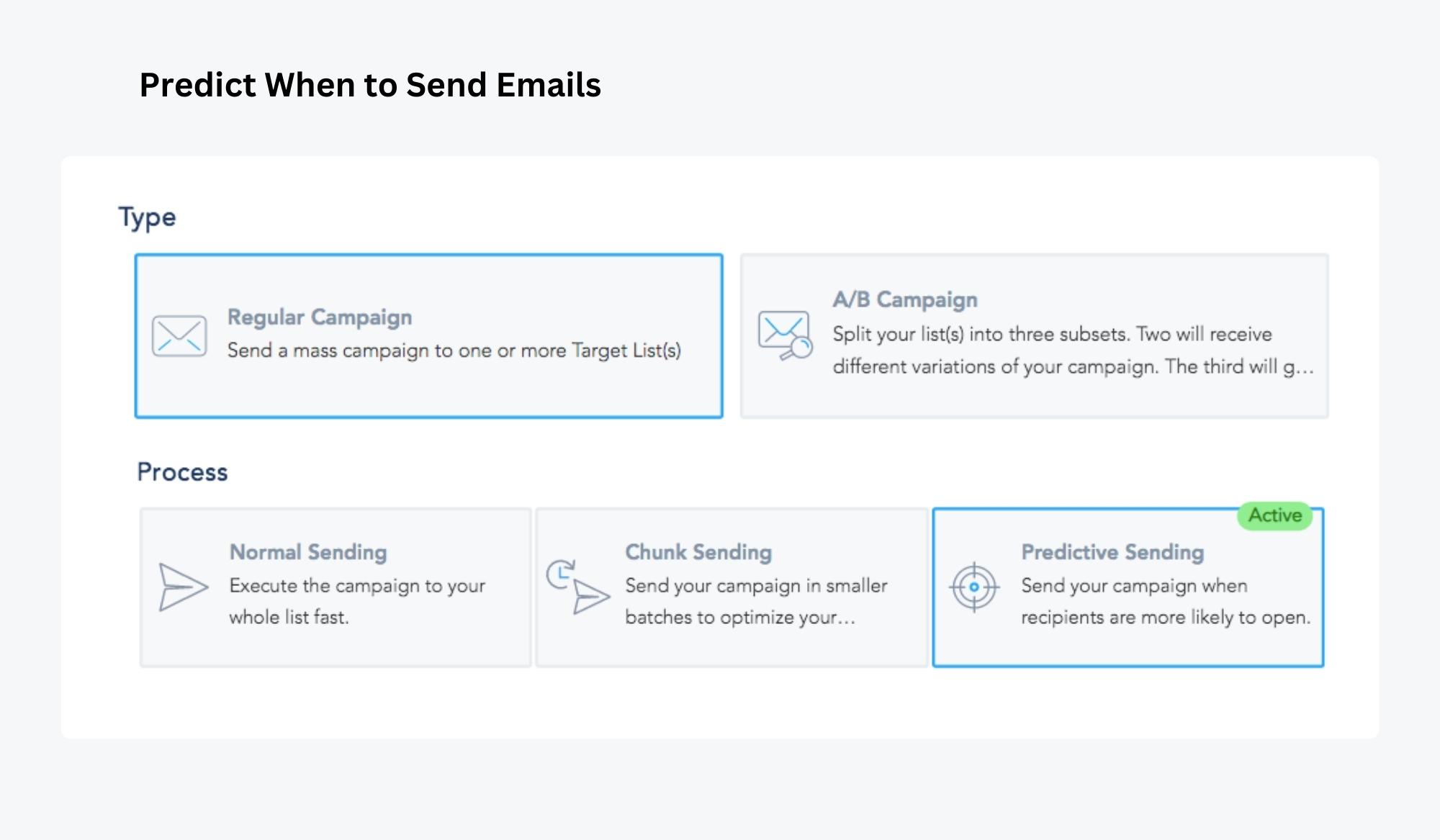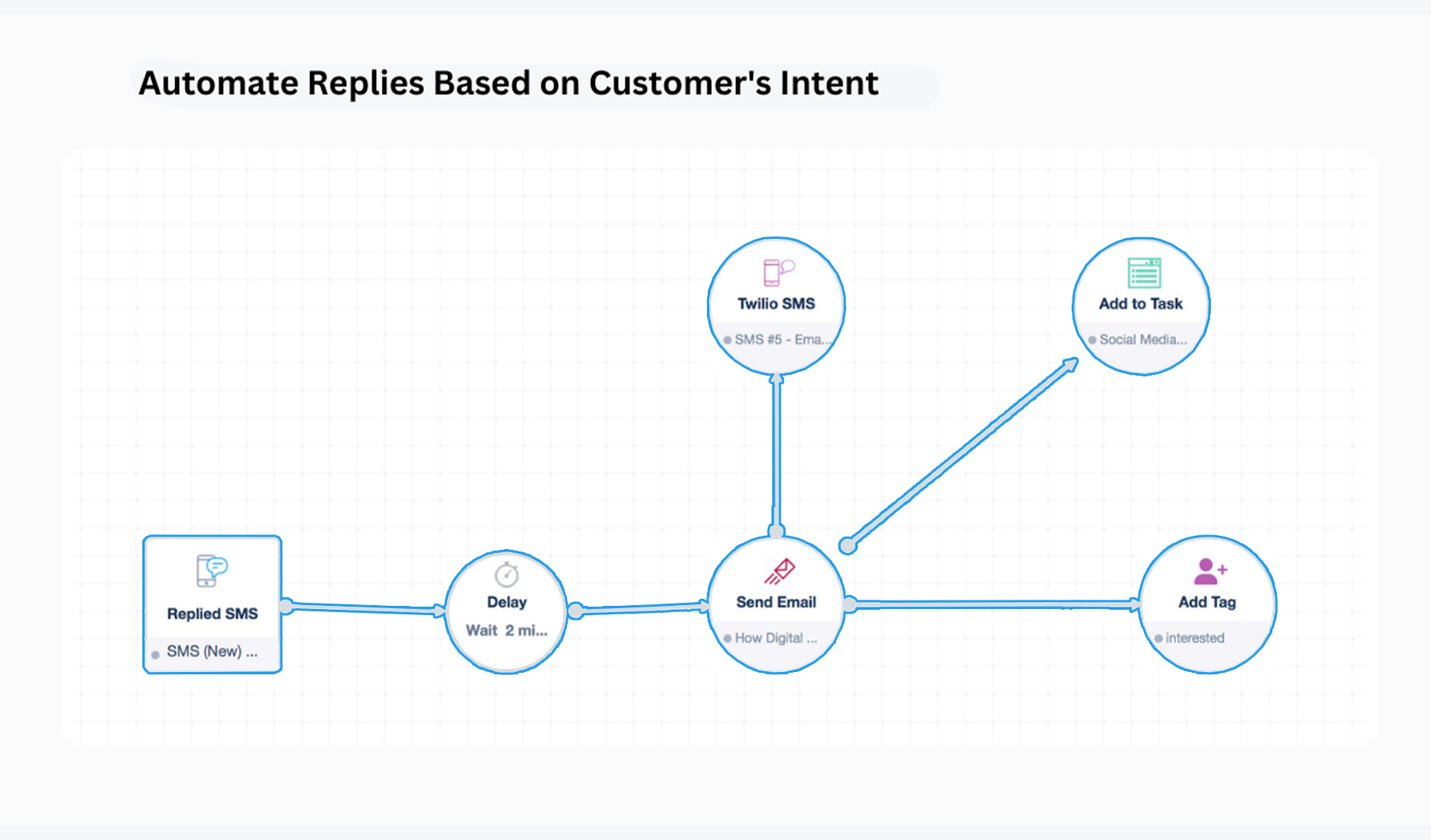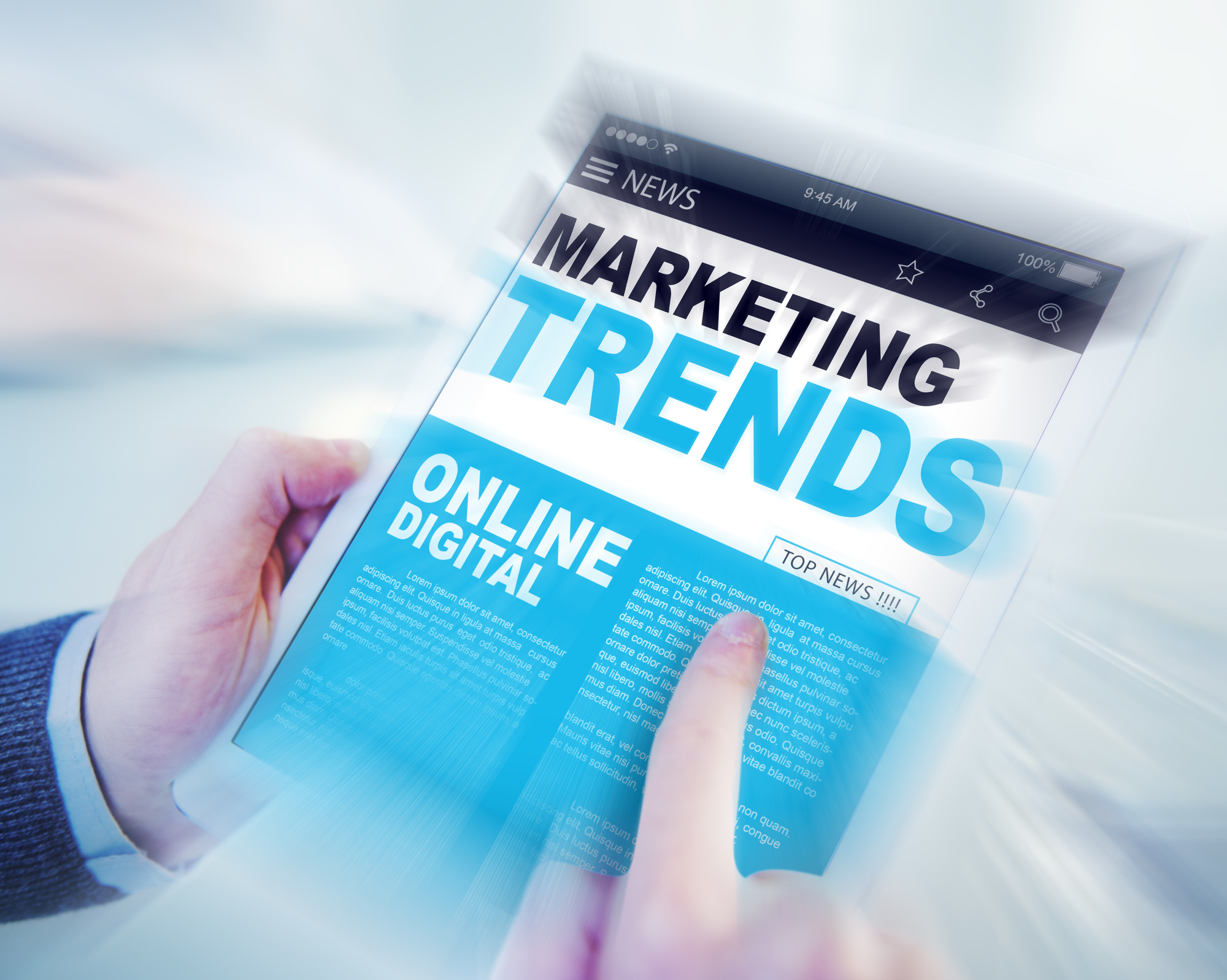The big question isn’t whether, but how AI will change the role of digital marketers. Indeed, what we’re grappling with now is just how much more it’s going to reshape the job. From emails that practically write themselves to analytics that seem to read our customers’ minds, artificial intelligence is transforming our responsibilities at breakneck speed. The next five years? That transformation is going to kick into overdrive. Whether you manage content, customer journeys, or social campaigns, the expectations will grow, and so will the opportunities. In this article, I’ll discuss five major ways advancements in AI will change the role of digital marketers. I’ll also show how we can thrive in the midst of it and use AI to our advantage. As AI tools become more powerful and widely adopted, they’re helping marketers work faster and changing how we think, plan, and measure success. These five trends show how the role is evolving in surprising ways, from the day-to-day tasks to the bigger picture.
If you want to understand just how AI will change the role of digital marketers, and dramatically, for that matter, look at content creation. When it comes to understanding how AI will change the role of digital marketers, few areas are more visibly shifting than content. Remember spending entire afternoons brainstorming blog topics? Or testing dozens of headline variations? Those days are quickly disappearing. Today, AI tools generate SEO-friendly drafts, improve tone, and suggest optimized headlines by analyzing keyword gaps, competitors, and intent signals. Instead of replacing creativity, these tools actually help you stay creative by freeing you from the grunt work. This shift fundamentally changes what you do day-to-day. Your job now is to lead the conversation — you set the tone, define the vision, and steer the content toward results. Since search engine algorithms change constantly, your SEO playbook can’t be static either. Tools like Attrock Page Authority Checker help you monitor performance and spot content that needs a boost, which AI can then enhance almost instantly. Another example of how AI will change the role of digital marketers lies in personalization, though not the basic kind. We’re moving way beyond basic audience segments toward experiences that actually adapt in real-time based on how people behave. AI now watches how users move through your site, remembers preferences, and dynamically shifts their journey. It offers product recommendations and content based on interest and actions. A prime example is predictive send optimization, which adapts to user behavior and pinpoints the best moment to deliver each email. Rather than launching fixed journeys and hoping for the best, you now need to build systems that adjust in real time. You’re designing adaptive journeys with flexible pathways that intelligently respond to what each user actually wants and needs. Tools like Frill’s feature prioritization matrix can help when you’re deciding which personalization elements are actually worth the effort. It’s a mix of UX design, behavioral insight, and marketing intuition — and it’s becoming the norm. An immediate example of how AI will change the role of digital marketers is in how you manage and strategize for social media. Gone are the days of manually scheduling posts and crossing your fingers for engagement. AI now predicts which messages will resonate with your audience and identifies optimal posting times. Behind the scenes, it handles content scheduling, analyzes sentiment, and even manages basic customer service responses. This transforms you from a social media taskmaster to an engagement architect. You become someone who shapes overall strategy, monitors sentiment trends, and pivots campaigns quickly based on feedback. With AI handling the routine stuff, you can spot early warning signs, like content fatigue or campaign underperformance, and make adjustments before your metrics take a hit. Instead of waiting for results and reacting, you’re staying ahead of the curve. Of course, many social media campaigns now extend beyond traditional platforms to include digital signage displays. When exploring digital signage options for your campaigns, ScreenCloud is reliable. However, there are also several ScreenCloud alternatives that could be the right fit for displaying your content. A critical way AI will change the role of digital marketers is by making outreach and lead generation more predictive, intentional, and personal. Instead of starting with cold contact lists and generic buyer personas, you can work with machine learning systems that score leads based on behavior, buying intent, and real-time data. Tools like Zendesk and alternatives such as timetoreply help track email response times to optimize your outreach productivity. AI automatically triggers nurturing sequences, sending targeted emails, product recommendations, or retargeting messages based on where someone is in your sales funnel. This means you’ll spend less time qualifying leads manually and more time guiding warm prospects toward conversion. As a Flow State Sales expert says, SaaS companies can boost their SaaS products sales by adopting innovative and effective sales methodologies. But here’s the real game-changer: it’s transforming how we build relationships. You’re not just collecting leads anymore; you’re nurturing trust over time through smarter, more responsive messaging. AI might handle the timing and targeting, but it’s your human touch that keeps the message honest. Done well, automation doesn’t feel robotic at all. It feels personal, responsive, and even thoughtful, which is precisely what modern buyers want. Even customer onboarding is evolving. Instead of clunky, one-size-fits-all processes, AI-designed onboarding tooltips create smooth, intuitive experiences tailored to each new customer. B2B outreach, especially on LinkedIn, shows most clearly how AI will change the role of digital marketers. AI can now personalize messages at scale, analyze engagement patterns, and optimize connection strategies faster than any human could. But with this power comes new responsibility: ensuring you’re using these tools ethically. As you adopt more sophisticated outreach technology, you also become the guardian of compliance and trust. While AI can analyze job titles, industries, and mutual connections to identify perfect prospects, your job becomes ensuring that outreach remains relevant, respectful, and ethical. This means avoiding spammy tactics and carefully navigating LinkedIn’s connection limits without triggering account restrictions. The AI tools are your engine, but you remain the driver. Marketers must also develop guidelines around responsible usage, transparency, and consent. That’s because outreach isn’t just about volume but trust. Over the next five years, these technologies will completely redefine what digital marketing looks like. Getting ahead of how AI will change the role of digital marketers isn’t just smart, it’s essential for staying competitive and relevant. AI isn’t here to push you out; it’s here to shift your focus. You’ll spend less time doing the repetitive stuff and more time driving the ideas and strategy that actually move the needle. Now’s the perfect time to upgrade both your skills and your toolkit. By embracing platforms like VBOUT that are designed for this AI-first future, you can work smarter, adapt faster, and create more value with every single campaign.How AI Will Change the Role of Digital Marketers: 5 Possible Ways
1. From Content Executors to Strategic Content Directors

2. From Segmenting Audiences to Designing Adaptive Journeys

3. From Manual Posting to Real-Time Engagement Architects

4. From Cold Outreach to Intent-Driven Growth Architects
5. From Manual Networking to Ethical, Scalable B2B Influence
Leveling Up with AI
Don’t forget to share this article



